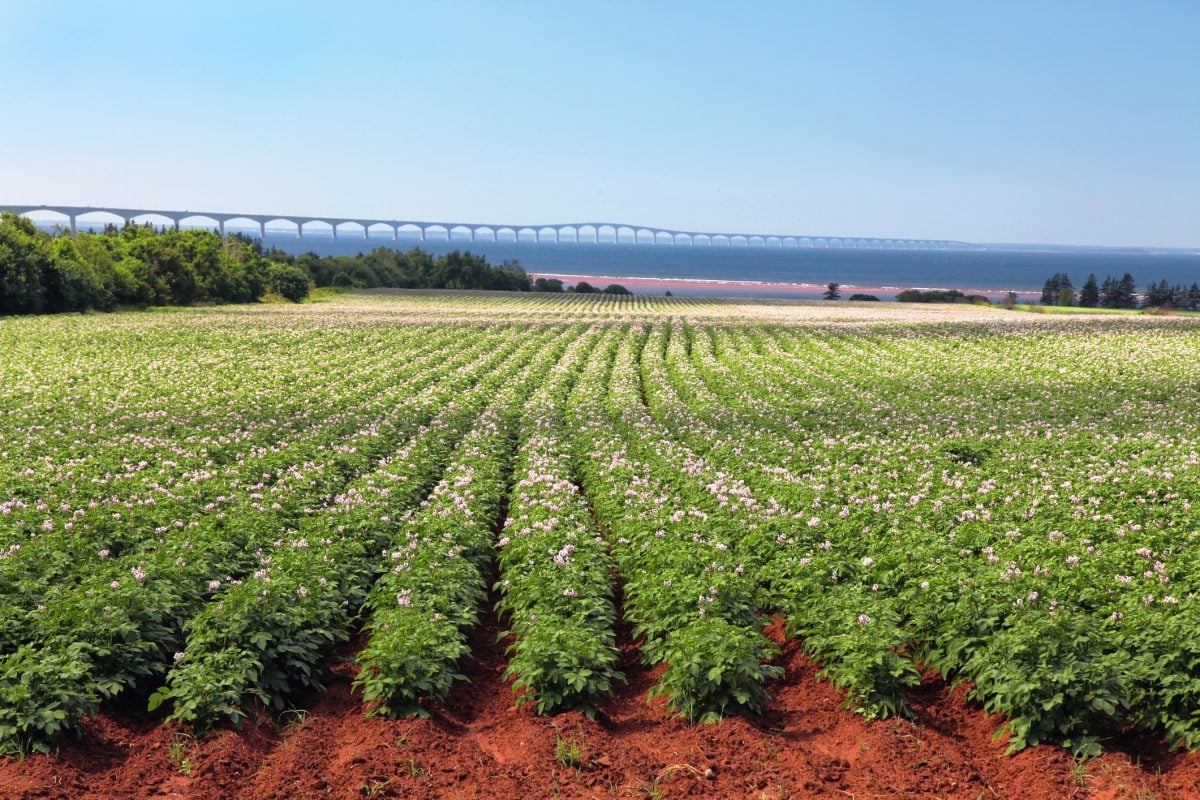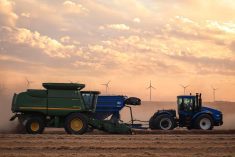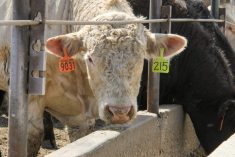Glacier FarmMedia—The Manitoba government’s pulse specialist said crops are in good condition across the province, but they need some hot temperatures in the days ahead.
Dennis Lange added that Manitoba has received approximately 30 per cent more rainfall than normal since May 1 and the extra moisture is already putting stress on pulses.
“Field peas, for example, in areas that have never received this excess moisture before, are already showing signs of stress conditions,” he said. “When you look at some of the other pulses, like dry beans and if you include soybeans in that mix, we are further behind as far as growing conditions. We’re about 90 per cent of our normal growing degree accumulation at this time of year. So, the dry beans and the soybeans are a bit further behind.”
Read Also

CFIA looks for feedback on proposed seed potato rule changes
The Canadian Food Inspection Agency is looking for public and industry input on proposed amendments to regulations around seed potatoes.
The weather forecast for this week in much of Manitoba called for high temperatures exceeding 30 degrees Celsius with plenty of humidity and likely thunderstorms. Lange added these conditions could allow pulses to play catch-up.
Pea growers have started to spray to prevent mycosphaerella blight while also looking out for pea aphids. For other pulse crops, growers will start to apply fungicide and insecticide in the next few weeks.
While other pulses are behind when it comes to their development, peas are on track due to the cooler temperatures so far this summer, according to Lange. Cooler temperatures overnight have also aided in crop recovery. But now is the time for some better weather.
“I think we need to get into some warmer conditions to really help with dry beans and soybeans and get them moving along,” he said. “Considering we’re at 130 per cent of normal precipitation, we could turn the tap off for a little while just to let things recover.”
















